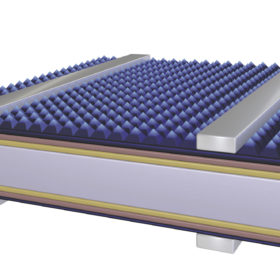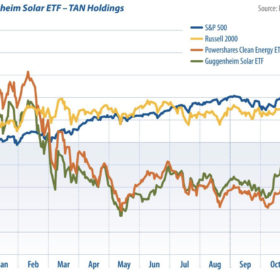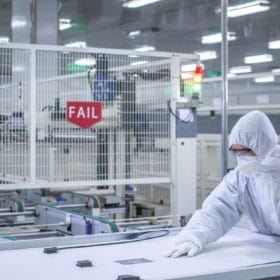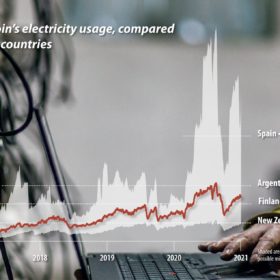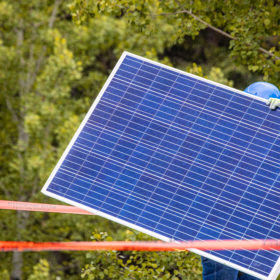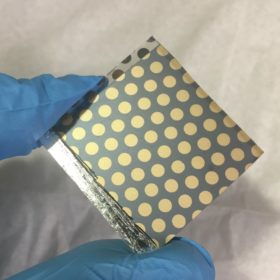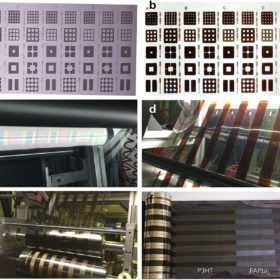New optimizations for a 24.5% efficient heterojunction solar cell
Scientists in Germany analyzed the main sources of performance loss in a silicon heterojunction cell, and developed several optimization strategies to improve overall performance. By adding a second layer of amorphous silicon at the rear of the device, and a magnesium fluoride anti-reflective layer, they were able to boost cell efficiency by around 1% to reach 24.51%.
The Hydrogen Stream: Toyota and Kawasaki want to develop hydrogen engine
Kawasaki Heavy Industries and Yamaha Motor revealed plans to develop hydrogen engines for two-wheeled and other vehicles. Meanwhile, France-based Hyvia has announced two new prototypes of hydrogen-powered light commercial vehicles, Germany’s ThyssenKrupp is considering listing its hydrogen business in an initial public offering (IPO), and Potruguese utility EDP said it wants to invest in 1.5 GW of renewable hydrogen by 2030.
Solar module prices will stay high until 2023, IHS Markit says
IHS Markit predicts that global installed solar PV capacity will grow by 20% to over 200 GW in 2022, despite a difficult cost environment. PV system costs are expected to resume their downward trend from 2023, when more polysilicon capacities will come into operation.
Guggenheim Solar Index: Solar pricing throughout the whole upstream chain is rising
As of October 22, 2021, the overall solar stock market posted strong performance, with the Invesco Solar ETF leading the pack.
Greening solar supply chains
As solar energy experiences record growth, investors, customers, and regulators are increasingly asking for more disclosure and transparency on how solar supply chains are managed throughout product life cycles.
The weekend read: Crypto’s energy conundrum
In a financial world of stocks, bonds, foreign exchange, and credit cards, trillions of dollars are traded daily, with money flows handled by a bevy of databanks. In the world of cryptocurrency, billions of dollars worth of Bitcoin are traded through as many as 400,000 transactions per day, consuming the energy supply of a modernized country. The quirk is a “proof of work” feature that provides decentralized security. Is Bitcoin’s energy usage all for nothing, or is it a game-changer for renewable assets and generators? Tristan Rayner explores.
The Hydrogen Stream: Australia takes the spotlight with 1.7 GW project in Tasmania and new tech to produce hydrogen from rooftop PV
Elsewhere, Portugal’s EDP has unveiled plans to deploy 1.5 GW of green hydrogen capacity and, in Spain, several projects have been announced by Fotowatio Renewable Ventures (FRV), Iberdrola, Solaria Energía and Enagás.
Reuse or replace? IEA PVPS analysis considers all options for underperfoming PV modules
In a new report, experts from the International Energy Agency Photovoltaic Power System Programme (IEA-PVPS) have assessed the economical and environmental benefits of repairing and reusing or replacing solar modules that are not complying with a 30-year expected lifetime. They found that reusing offers the best environmental impact in all cases, while the profitability of this option is currently guaranteed only by rooftop PV under certain conditions. As for large-scale solar, module replacement remains the most competitive option.
Rear-side passivation for 17.4% efficient CdTe thin film
Scientists in the United States investigated adding a layer of copper-aluminum oxide to the rear side of a cadmium-telluride thin film cell, finding positive impacts on carrier lifetime and efficiency. With further work, the scientists say, the discovery could open up new routes to higher efficiencies in CdTe solar cells.
Flexible perovskite solar cells ‘from lab to fab’
Scientists in Korea evaluated recent progress in the development of low cost, large scale processes for the production of perovskite solar cells on flexible substrates, finding that several challenges remain. The group recommends that research should focus on developing novel processes and materials for perovskite solar cell production, rather than adapting those already in use elsewhere.
